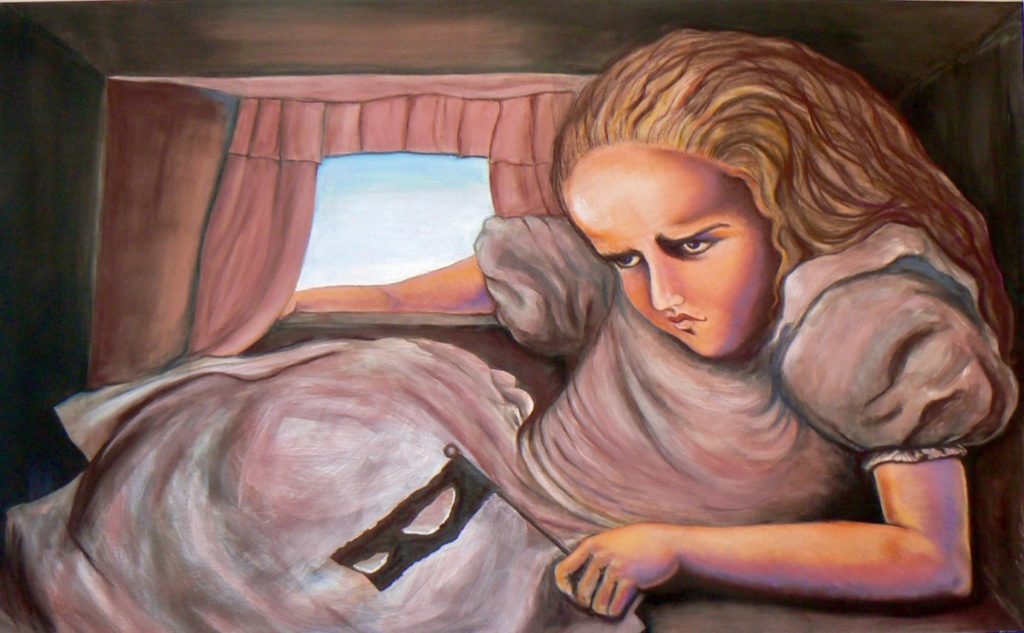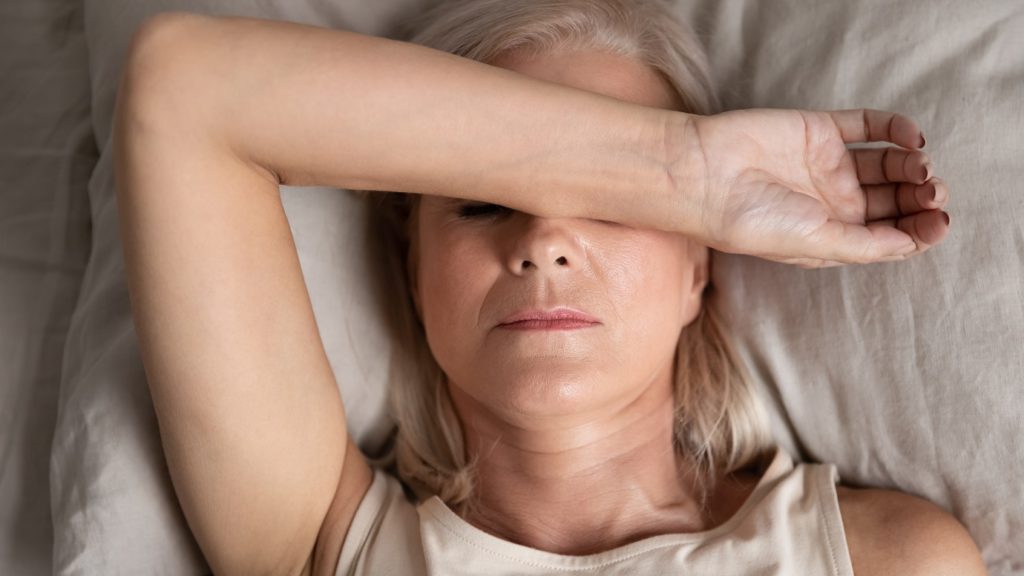Repeated COVID-19 lockdowns and social distancing have triggered widespread reports of loneliness and social isolation. For many people such intense loneliness is a new experience but for a large proportion of the 3.24 million Australians who live with chronic pain it is par for the course.
Clinical health psychologist Dr Michael Shelley believes COVID-19 has intensified social isolation for people with chronic pain. ‘COVID has increased our societal anxieties across the board,’ he said, ‘but it is even more pronounced for people living with pain.’
I’m one of the Australians living with chronic pain and my story is typical. My thirty-year history of debilitating daily migraines started after some thugs pushed me off my bicycle from their speeding car. The force of impact was so strong it propelled me into the air, and I landed on my head before rolling headfirst down the road. I was knocked unconscious and woke up in hospital with excruciating neck pain.
Fast forward a decade and arthritis and nerve pain rampaged in my neck. I consulted an endless round of medical specialists and health professionals, but none of them helped much. Eventually, I stopped doing all the things I loved because they triggered migraines. Instead of socialising, I spent my leisure hours lying on my bed with an ice pack under my neck despairing of ever being free of my unwelcome companion. But social interaction is vital for our physical and mental health and as my isolation from everyone in my life deepened, so did my feelings of dejection and hopelessness.
While on the endless medical merry-go-round, I finally ended up at Royal North Shore Hospital’s Michael J. Cousins Pain Management and Research Centre. The centre was named after its founder, Professor Michael Cousins AO, a trailblazing Australian pain medicine pioneer.
Shortly after my initial appointment with Professor Cousins, the pain centre organised a ‘Windows on Pain’ awareness-raising and fundraising campaign. Thirty leading and emerging artists interpreted pain in painting, drawing, photography, sculpture and ceramics, and the campaign’s organisers displayed their artworks at Carriageworks in Redfern.
A few weeks before the exhibition, the artist Chia Moan interviewed me about my experience with chronic migraine, and she represented my comments in her painting Shrinking World.

Shrinking World, which references John Tenniel’s original illustrations, shows Alice in Wonderland curled up in the confined space of the White Rabbit’s burrow with a mask in her hand. Chia Moan was inspired to paint Shrinking World after talking with several of Michael Cousins’ patients and my comment that I felt like Alice disappearing down the rabbit hole with the aperture at the top growing smaller and smaller.
In Shrinking World, Alice has taken a pill that makes her grow and grow, finally pressing her head against the ceiling to prevent her neck being broken. She is trapped inside the house of the White Rabbit. ‘Cramped and desperate though she is, underneath, Alice’s experience is that reality is constantly being transformed,’ Chia Moan said. ‘People who live with chronic pain deal with shrinking options in their lives. If and how they can work, exercise, socialise and travel. Usual activities are affected, all subjected to scrutiny: what is possible, what is not? They also speak frequently about not being able to communicate their pain, wearing a mask.’
Over time, many people living with pain withdraw into themselves, finding it simpler and less stressful to be alone than trying to explain their condition or its limitations to those around them. Often it is the sheer exhaustion of dealing with pain all day every day that prevents those in pain from socialising, as is a loss of enjoyment in activities that were previously pleasurable. The fear of judgement by others and the frustration of trying to explain why they are the way they are is also a major contributor to withdrawal from social contact.
Colleagues, friends and family members with the best of intentions can find it difficult to understand what a person with chronic pain is going through and this can intensify feelings of abandonment. Chronic pain places intense pressure on relationships. People living with pain report relationship difficulties with partners, family members, colleagues and friends that directly result from their inability to work, play and meet expectations.
Many people living with pain worry about being a burden so they avoid social contact. They often cancel appointments at the last minute because of a flare-up, fear of intensifying their pain or other reasons such as inability to afford social activities, especially if they live on a disability pension because of their condition. When this happens repeatedly, they stop being invited out. And the stigma of chronic pain makes them reluctant to be around those they feel view them negatively because of their pain. The end result is that people living with pain often lack any form of social contact, plummeting them into a deep depression that intensifies their experience of pain.
Much of our social life comes from interacting with colleagues and clients at work. Far too many people are forced into early retirement because of chronic pain, robbing them of social connection and plunging them into a deep dark lonely place that intensifies their experience of pain.
If you too feel trapped in the White Rabbit’s burrow, please take heart. In mid-2021, Painaustralia’s National Strategic Action Plan for Pain Management received full endorsement from all Australian health ministers. This means a national approach to pain management is on the horizon. One element of the national plan is a targeted, consumer-centred communications campaign that aims to educate patients, medical and allied health professions and the general public about pain and its management.
Building awareness about the nature of pain and differences between acute and chronic pain is an essential element of the national plan because a malfunction in the nervous system rather than visible tissue damage causes chronic pain. This lack of a visible cause of chronic pain can make people suspicious and they end up disbelieving or discounting someone with chronic pain. The end result is a feeling of rejection, withdrawal and a deeper descent into social isolation.
Building support networks for people living with pain is an important feature of the national plan. Support groups for people with chronic pain have sprung up around the country as have social media chat groups. The New South Wales Pain Management Network, Painaustralia, the Brain Foundation, Migraine Australia and the Australian Pain Management Association list details of support and chat groups on their websites.
Broad societal awareness of chronic pain is essential to destigmatise it and reduce the social isolation felt by millions of Australians. Painaustralia’s communications campaign, with pain education at its core, is a vital step towards building public awareness about chronic pain. But it needs government funding to put it on a sustainable footing.
My hope is the countless people who feel like Alice in Wonderland trapped inside the White Rabbit’s burrow will soon have the tools to conquer the social isolation of chronic pain. I also hope that as more people learn about chronic pain, they will be more compassionate towards those who live with pain.
Get more on women’s health ideas, news and updates on women living real lives, via our Women’s Health News weekly update.


